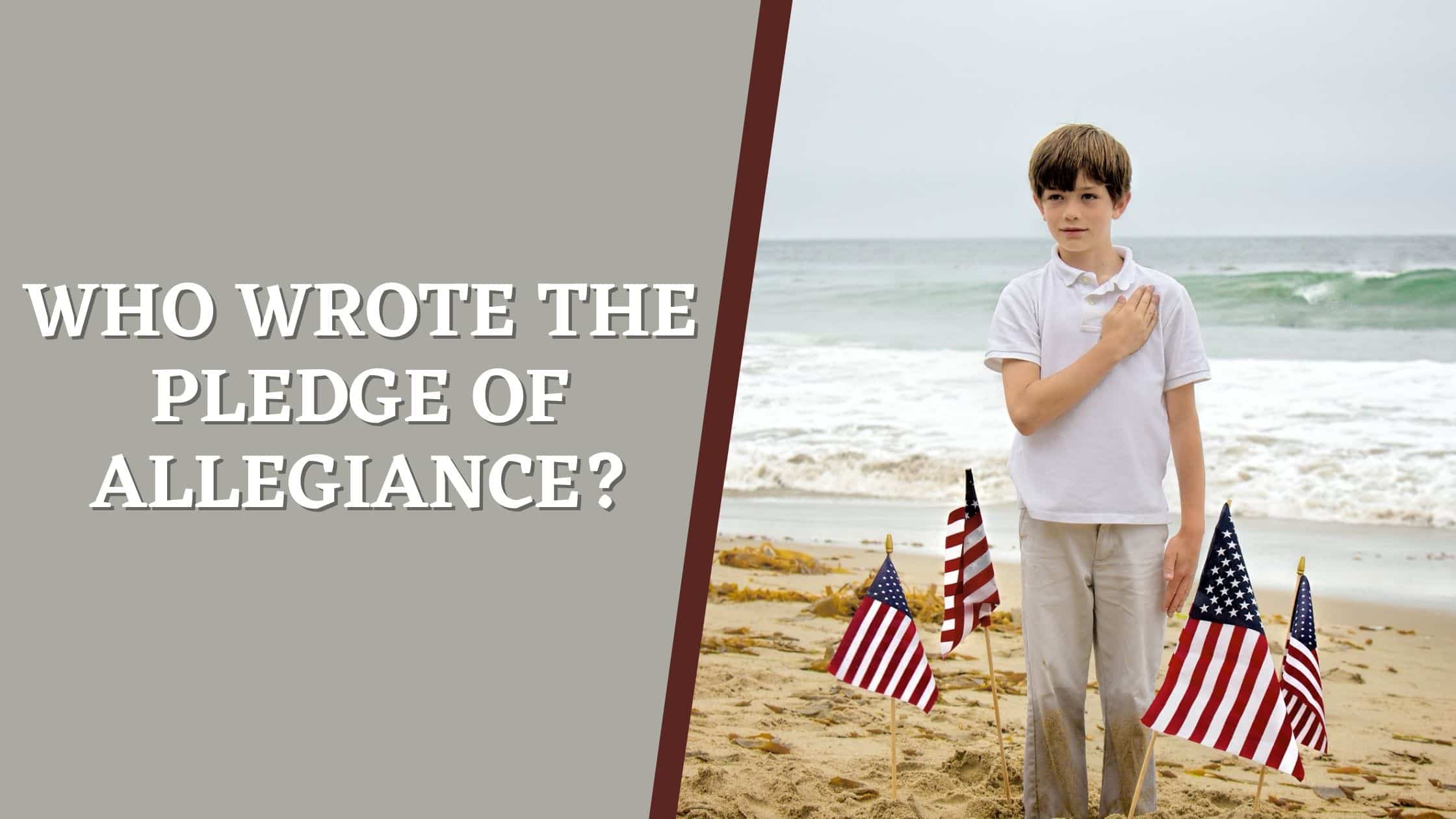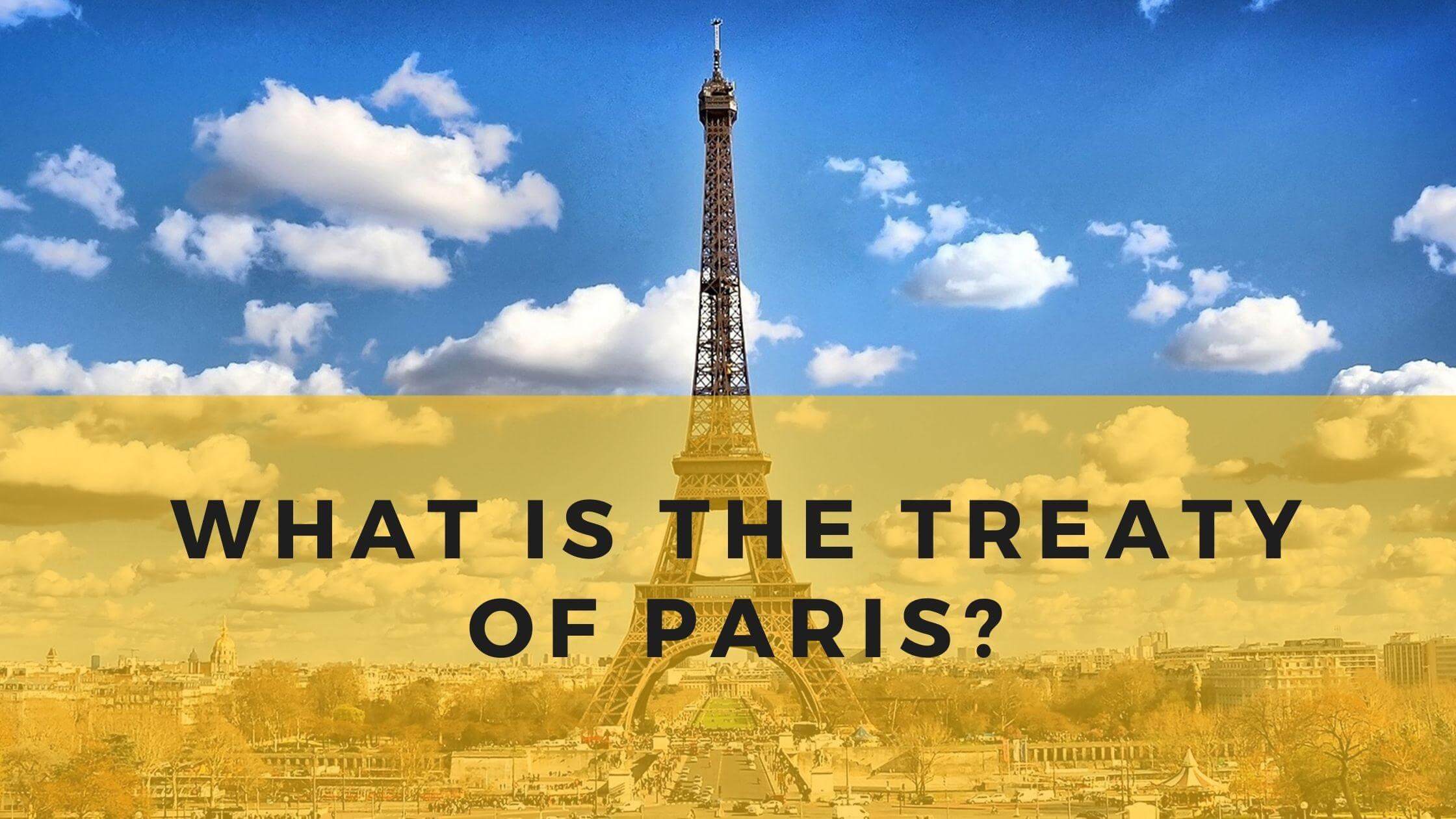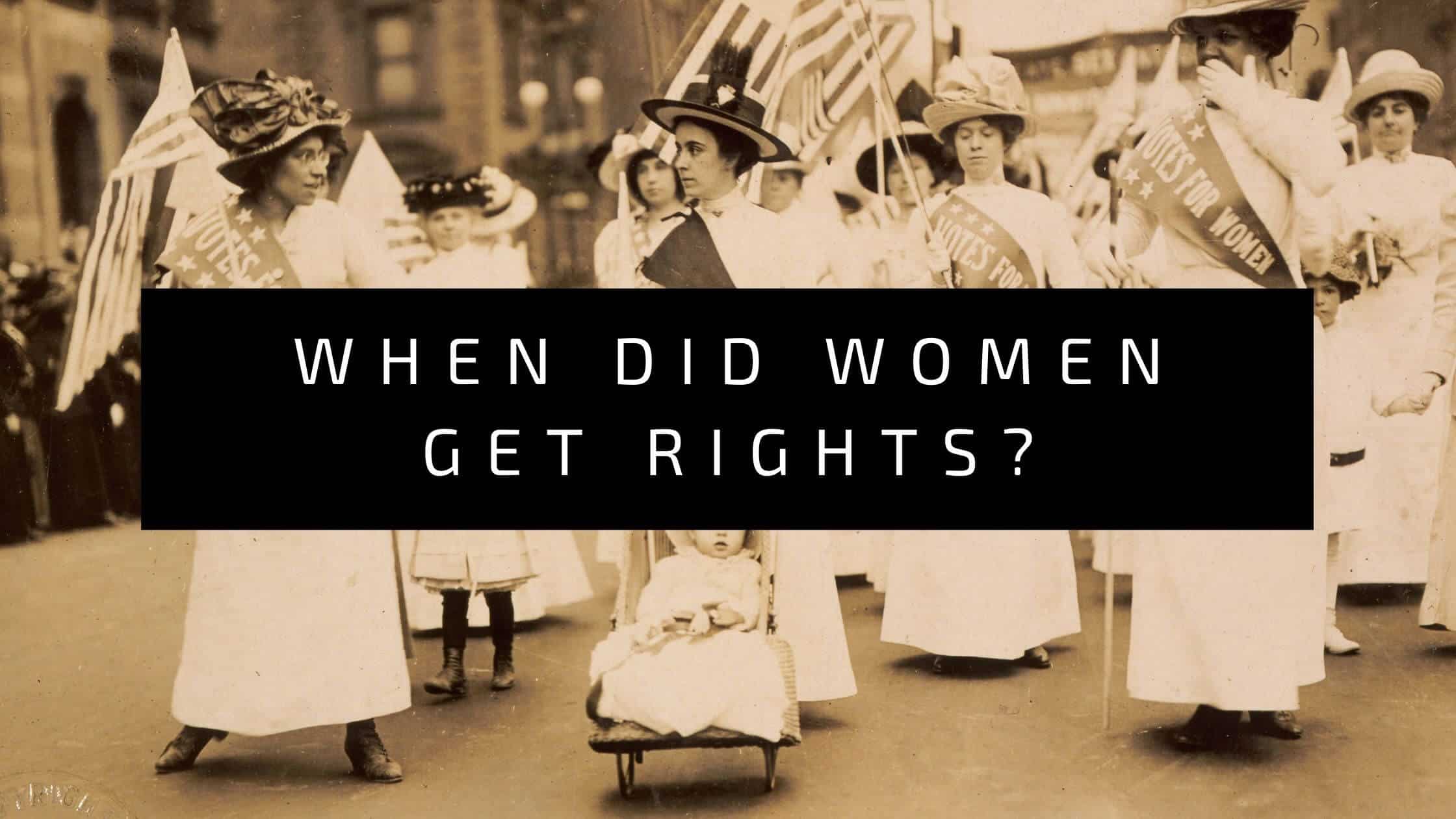Table of Contents
ToggleAlexander Hamilton was a revolutionary war hero and founding father who helped create the country’s financial system. Although his life was cut short in a duel, he achieved enough to remain famous long after his death.
He is on the $10 bill, and there are many statues and memorials in his honor.
Hamilton Grew Up Poor and Rose to the Top
Hamilton grew up poor, quickly became parentless, and used his energy and many talents to overcome his difficult circumstances. He was born on a Caribbean island out of wedlock in 1755 or 1757, and his early life was an uphill battle.
While Alexander Hamilton’s parents originally tried to stay together and raise their children, their relationship did not last. His father abandoned the family, and his mother died two years later, leaving Alexander Hamilton and his brother without parents very early in life.
Hamilton was too energetic to be held down by his difficult circumstances. He grew up very fast and found a job as a clerk for a trading company when he was only 13. The two New Yorkers who ran the company were impressed by his performance and quickly gave him more responsibilities and pay.
Hamilton quickly became known by many people in the community because of his talents and early success. Hugh Knox, the local newspaper editor, found out about Hamilton and arranged to send him to New York in 1773 to get an education.
Hamilton in New York
Hamilton reached New York in the last years when what is now the United States was still a British colony. He sold cargo to help pay for his education and continued to be supported by his benefactors, who sent him to live with Hercules Mulligan, the brother of a trader they knew.
Before he could go to college, Hamilton attended Elizabethtown Academy, a preparatory school, to fill in gaps in his education. While he was there he met and lived with William Livingston, an intellectual who favored the revolution.
In the fall of 1773, Hamilton began classes at King’s College (which still exists as Columbia University) and discussed revolutionary ideas. While there, he made his first public speech, where he explained the case for the revolution and against the British government. He also wrote a pamphlet defending the proposal to cut off trade with Britain.
The Revolutionary War
As soon as the revolutionary war began, Hamilton left college to join the fight. At first, he joined the war effort by founding his own private volunteer military company in 1775.
In the spring of 1776, he became captain of an artillery company and quickly impressed his superiors. During the New Jersey campaign, he fought well at Trenton and Princeton, and he drew the attention of George Washington. Washington promoted Hamilton to Lieutenant Colonel when he was still just twenty years old.
Hamilton spent the winter of 1777-78 with Washington at valley forge. In 1780, Hamilton married Elizabeth Schuyler, the daughter of two important New York families, and their marriage remained happy until the end.
The Assault on Yorktown
Towards the end of the revolutionary war, it was necessary for the revolutionary army to attack Yorktown. This was the last major land battle of the war and a decisive Yankee victory.
In the fall of 1814, the British stronghold of Yorktown had been under siege for a month, and the revolutionary armies wanted to take it decisively. The plan was very daring and risky – they would attack the British earthworks with bayonets by surprise, with a French force and an American force attacking different points.
With a surprise attack, they might reach the British lines before the British could respond. Hamilton appealed directly to Washington for the honor of leading the attack and was given permission.
The surprise assault during a dark, moonless night succeeded with very few deaths. By then, the British were on their way to defeat, and the war did not last much longer. Hamilton became known as a brave leader all over the country and remained famous for the rest of his life.
After the War
After the war, Hamilton studied law, passed the bar, and began practicing law in New York. He was invited to the federal convention in 1787, where he made a long speech about the importance of a strong central government.
Many other revolutionaries didn’t want a strong central government, and he was criticized for promoting something too similar to a monarchy. This disagreement eventually led to the creation of the federalist party that outlived Hamilton.
The Federalist Papers, Bill of Rights, and Constitution
Hamilton had a talent for writing, and he used it to write the influential federalist papers, along with James Madison and John Jay. The federal papers were a collection of 85 essays, most of them by Hamilton himself, arguing for the constitution and the national government. These papers were published in New York newspapers, without any of the authors using their real names.
The original federal government of the new nation theoretically had the power to maintain an army, coin money, and deal with foreign governments. However, it had very little power over state governments in practice, preventing the USA from repaying its war debts. Madison argued that there needed to be a new form of central government with different branches and extensive powers.
While the federalist papers were not widely read outside of New York at the time, most New York delegates still voted for the constitution in 1788, helping progress towards a strong central government. Hamilton was strongly in favor of the bill of rights, which was added to the constitution in 1789.
While Hamilton did not do much work on the constitution itself, he did much to defend it. He defended the government’s right to power to raise money through taxes and pointed out that it must have a lot of power to enforce laws. Twenty-one of Hamilton’s essays in the federalist papers were about the powers of the legislative, executive, and judiciary branches of government.
Hamilton Becomes Secretary of the Treasury
In 1789, Washington became the president of the new nation and began appointing people to positions of power. Despite some earlier problems between Hamilton and Washington, Hamilton was made Secretary of the Treasury.
Hamilton argued that there should be a national bank and that the national bank should take responsibility for state debts. Like his other pro federal government policies, these ideas were controversial.
Thomas Jefferson wanted to keep the federal government small and not give it too much power. Jefferson wanted to keep power in the hands of rural farmers and not rich merchants. Jefferson had many followers, and they argued that it was unconstitutional to give the federal government that much power.
The Creation of a Central Bank
Despite the opposition he faced, Hamilton succeeded in creating the first bank of the United States in 1791. The bank would store federal funds that had not yet been used and serve the government in other ways. The bank was modeled after the Bank of England.
The bank worked as intended and was profitable, but it still drew criticism from others. Jeffersonians were against it, and entrepreneurs argued that it was run too cautiously, preventing economic growth.
The original bank ran into trouble in later decades, and it had trouble getting its charter renewed. The original bank was eventually abolished, and nothing very similar to it exists today. Instead of a national bank, there is the federal reserve system.
The Reynolds Pamphlet Affair
In 1791, Hamilton had an affair with a married woman named Maria Reynolds, which the woman’s husband discovered. Hamilton paid money to the husband, James Reynolds, to keep quiet about the affair.
Years later, in 1796, rumors spread that Hamilton not only had an affair with a married woman but was illegally investing federal funds. James Reynolds was said to be part of the illegal speculation scheme.
To clear his name about illegally using federal funds, Hamilton decided he had to tell the whole story. He wrote a pamphlet admitting to the affair but denying any illegal use of federal funds.
Alexander Hamilton’s Son Philip’s Death in a Duel
A while before Alexander Hamilton’s duel with Aaron Burr, Hamilton’s son Phillip got into a duel and died a tragic, early death. Philip Hamilton was Alexander’s oldest son, and he expected great things from him.
However, Phillip became enemies with George Eacker, a lawyer who had publicly spoken badly of his father. Philip and his friend found Eacker and publicly insulted him. After exchanging insults, Philip Hamilton sent Eacker a letter challenging him to a duel, which he accepted.

Get Smarter on US News, History, and the Constitution
Join the thousands of fellow patriots who rely on our 5-minute newsletter to stay informed on the key events and trends that shaped our nation's past and continue to shape its present.
The duel did not end well for Phillip. While he was only shot in the arm, the wound was serious, and he died the next day. Alexander Hamilton was so sad at his son’s funeral that he could hardly stand.
Rivalry with Aaron Burr
Alexander Hamilton had been in conflict with his rival Aaron Burr since 1789 when they argued about the constitution. The two didn’t like each other, and their dislike soon went much beyond political disagreement.
Hamilton’s father-in-law, Philip Schuyler, ran for the US senate in 1791, but Aaron Burr ran against him and won. Hamilton from then on disliked and wrote that Burr was unprincipled and that it was even a religious duty to oppose his career.
Burr was as ambitious as Hamilton and ran for president against Thomas Jefferson in 1800, nearly beating him. After the vote was a tie, Hamilton convinced Congress to vote for Jefferson and ruin Burr’s chance at the presidency.
A few years later, Burr ran for governor of New York but was once again defeated. Burr found a newspaper article that pointed out that Hamilton had insulted him at a private dinner.
Burr wrote a letter to Hamilton about the incident, but Hamilton would not apologize, and Burr challenged him to a duel.
A Duel to the Death
Hamilton had nearly been involved in a duel many times before, and he was a risk-taker, so he accepted. They met in 1804 and fired pistols at each other, with Hamilton missing and Burr hitting him.
Whether or not Hamilton intended to hit Burr may never be known for sure. Some say that Hamilton fired into the air, or at least intentionally missed Burr. However, this is not clearly true, and it is possible that Hamilton meant to hit him.
Burr also might or might not have fully intended to kill Alexander Hamilton. There is even disagreement about who fired first, as people who saw the duel turned their backs and were reluctant to talk about it.
Regardless of whether or not Burr wanted Hamilton to die, Burr fired and hit him. Hamilton was badly wounded and lived until the next day, but no longer.
People were not impressed that he killed Hamilton over a grudge, and he left New York and fled south, worried about potential criminal charges. Despite his achievements, Burr is nowhere near as famous today as Hamilton.
How Eliza Hamilton Carried on Her Husband’s Legacy
Because of her husband’s lower-class background, Eliza cared about the poor, and she founded two institutions in New York to support poor children. These were the Hamilton free school, which gave education to children of parents too poor to educate their kids, and the Orphan Asylum Society, a New York orphanage.
How Hamilton is Remembered Today
While Hamilton is not nearly as famous as George Washington, he is still one of the most famous American revolutionary figures. Some people know his story mostly from the broadway musical Hamilton, which tells his life story. There are also plenty of buildings, ships, schools, and public works named after him.
Some army regiments, coast guard vessels, navy ships, secondary schools, colleges/universities, forts, and bridges are named after Hamilton. His face has repeatedly appeared on American banknotes, more often than anyone else. Although it has been moved from its original location, Hamilton’s house still exists and is taken care of by the National Park Service.
Today, scholars think of Hamilton as a visionary, forward-thinking figure that imagined and helped to create the future. He was firmly against slavery, raised black troops during the revolutionary war, and supported the Haitian revolution.
Hamilton’s Continued Relevance
Many of the things Hamilton created many institutions that lasted for decades or still exist today. Hamilton helped establish the still relevant coast guard and founded the Bank of New York, the first national bank in the United States. Hamilton was the first secretary of the treasury, a position that still exists.
There also weren’t any political parties in the United States before Hamilton founded the Federalist Party. His Federalist Party wanted friendly relations with Britain rather than France, a central bank, and a strong federal government.
This was the beginning of the American public favoring one political party over another. Even today, some of the political arguments and power struggles of the time continue. Many people are still against the existence of a strong federal government.











